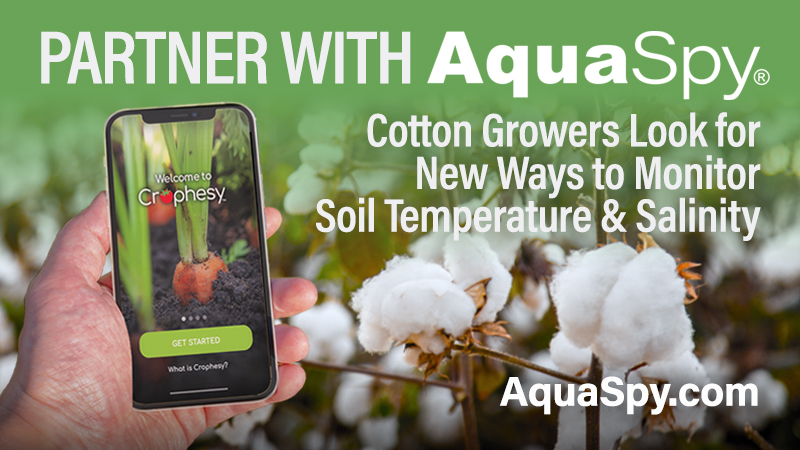Profitable Nematode Management Begins with Fall Decisions
Photo Credit – Pawan Kumar, University of Georgia
As thoughts turn to cotton harvest, growers will most likely be thinking about crop decisions and plans for next season based on this year’s successes, market factors…and potential profitability.
For growers farming in areas with historic nematode infestations, the profitability equation begins long before planting. As Bob Kemerait, University of Georgia Extension pathologist, puts it, “Managing nematodes requires us to make decisions and have faith early on.”
Kemerait, speaking at the Raising More Profit seminar in Tifton, GA, provided advice for growers looking for ways to balance nematode management, cotton production and profitability in their fields.
“To be productive and be profitable, growers have to make the best investments they can,” he said. “And, to manage nematodes more profitably, they have to do three things. First, they have to be aware of where nematodes are on their farm and what type of nematodes they have. Second, they have to do everything they can to reduce nematode populations and help take the pressure off of the cotton. And third, they have to pick a nematicide that is the most appropriate for the populations they have and that will help make them the most money.”
There are several possible investments that growers can consider to successfully battle nematode problems – choosing a nematode-resistant cotton variety, using nematicide seed treatments and, if needed, adding other nematicide treatments in areas of high nematode populations.
Kemerait noted that the loss of aldicarb has created a greater urgency for nematode management in cotton. But recognizing and addressing the nematode problem is still an issue for many growers.
“It’s sometimes hard to get growers to accept that they have a nematode problem, because the damage in a field can often be confused with low soil fertility or herbicide injury or sorry dirt,” he explained. “But the opportunities to raise profitability are there for growers who figure out how severe their nematode problems are.”
Any successful nematode management program begins with soil sampling from early fall through the first freeze.
“Sampling is the single best way to identify populations and the type of nematode in the field,” said Kemerait. “Knowing what a field’s threshold is isn’t magic. But it helps a grower determine the choices he may use to make the most profit.”
Combining sampling information with field mapping can also help growers identify problem areas in their fields, allowing them to target their management options – and input dollars – more efficiently.
“I can tell you that resistant varieties will absolutely offer the opportunity to reduce nematode damage and nematode populations in the field,” pointed out Kemerait. “And nematicide seed treatments should be effective against all nematodes, unless nematode populations in the field are too excessive. That’s when other nematicide options should be considered for profitability.”
One of the more promising nematicide products coming to market is Velum Total* from Bayer CropScience. Based on what he’s seen in field trials, Kemerait believes it has the potential to be a game changer for nematode control.
“Velum Total has a unique mode of action that attacks nematodes,” he explained. “In peanuts, it looked as good as or better than Temik, and it looks very promising in cotton as well. It will likely go out as an in-furrow application and will provide control for both nematodes and thrips.
“It is the only new product that I’m looking forward to for nematode management in the coming season.”
Kemerait stated that growers definitely have multiple options from several sources to consider as they begin to plan their nematode management strategy for 2015. But he considers the Bayer CropScience package of nematode-resistant Stoneville cotton varieties (ST 4946GLB2 for the Southeast), the Aeris seed treatment system and Velum Total as one of the most complete – and potentially profitable – programs on the market.
But it all begins now.
“Between now and November, I want growers to look at the varieties they may want to plant,” urged Kemerait. “I want them to look at the nematode populations in their fields. And as they take nematode samples, I want them to think about if they need to rotate cotton from one field to another.
“Everything that can be done regarding variety selection, choice of a nematicide and what field cotton will be planted in next season should be started now.”








